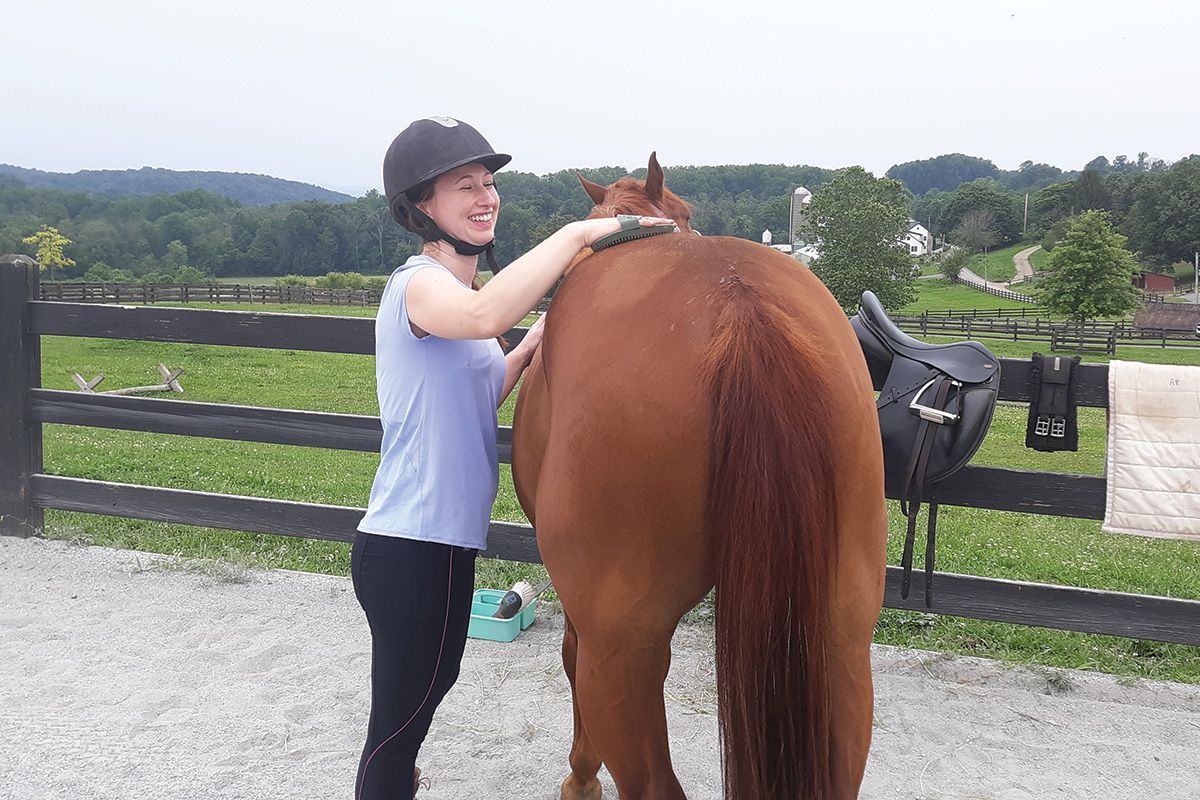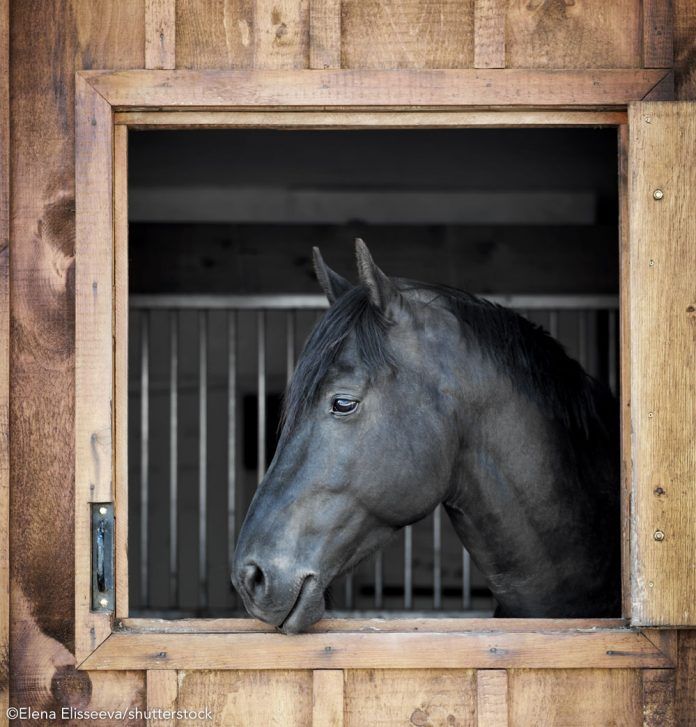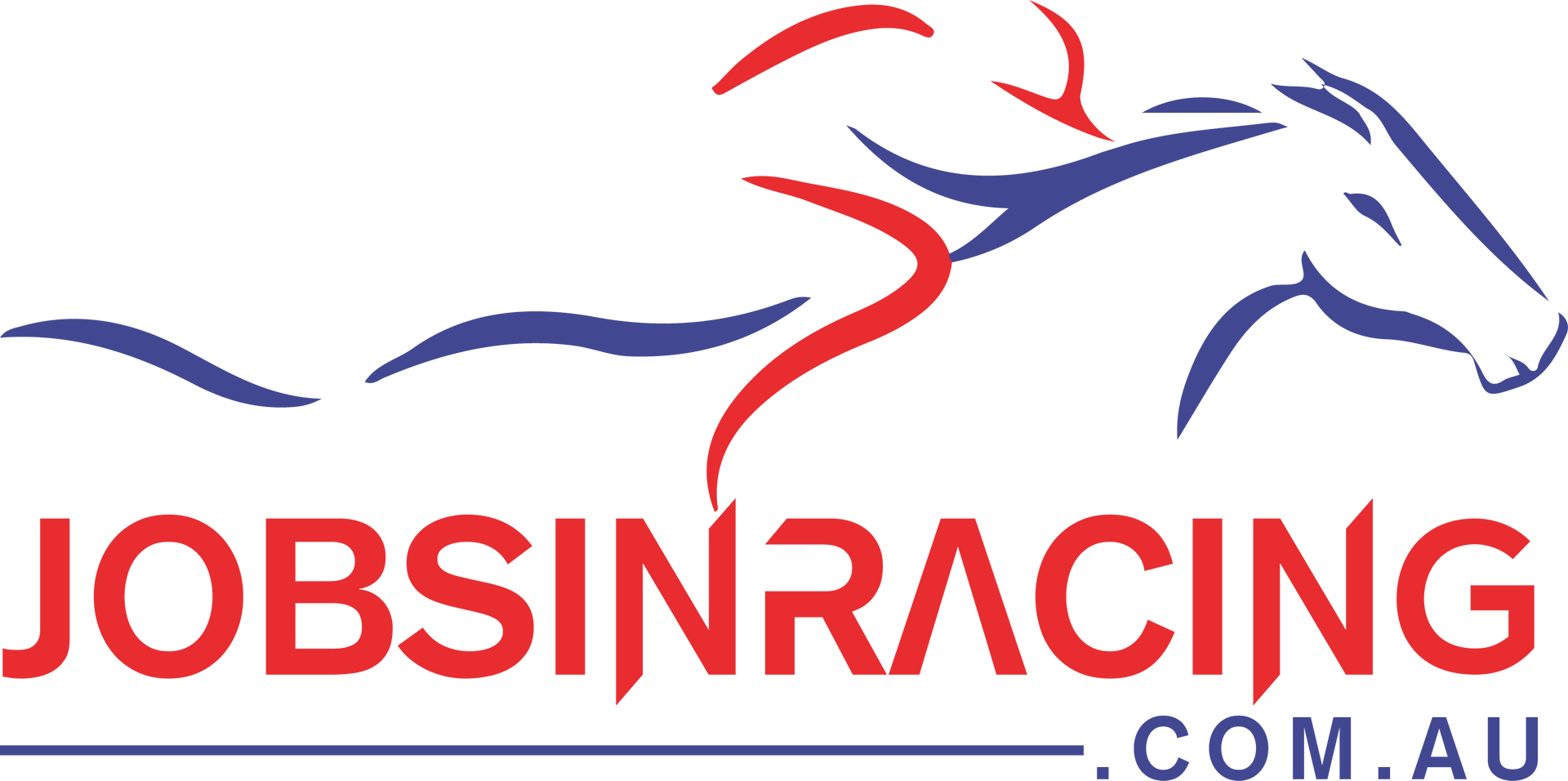9 Helpful Ideas to Manage Your Work, Life, Horse Balance
:00 am — The sky is clear and the weather channel promises a beautiful day. Yes!
You can’t wait to saddle up after work to polish lead changes and transitions during your riding lesson with your new trainer.
The phone buzzes on the table bringing you back to reality — your boss wants to know where you filed your latest brief. As you fumble over your words, you realize you are out of milk for your coffee, and the puppy just barfed on the floor. Ugh.
CHAOS. LIFE.
You love your work life and being a horse owner. But, sometimes, life is totally nuts.
Your boss is understanding and supportive of the tug of life. But sometimes you are over-extended and struggle to complete your assignments on time. Deadlines are a constant thought at 2 am.
Developing your relationship with your horse and working towards new goals together brings you so much joy.
But, there is never enough time to linger at the barn and soak in your horse’s love and beauty.
You enjoy spending time with family and friends. But, sometimes balancing a full-time job, life, and a horse has its challenges.
Juggling saddle time with work and daily responsibilities isn’t easy. Someone or something always seems to get the short end of the stick.
"There’s got to be a better way to manage and balance the life/work/horse-related stress and release the pressure of feeling like you are slipping."
Well, guess what? It is possible to have a balance between work, home, and your horse. But you’ve gotta formulate a plan.
The number one rule: make time management your soulmate. And at the end of the day, creativity is key.
It’s time to create a plan to realign your schedule and your routine.
1. Create a Horse Support Network at your barn
What does that mean? Pair up with other riders at your barn who need help finding their work-life balance too. Trade chores, supplement feeding, lunging, bathing, blanketing, even riding to help each other get it all done. Create a system that works for each of you. And if you get stuck at work, or home with a sick toddler, no need to panic. Horse Support Network to the rescue.
Not only will you free up some time for yourself, but you might develop a lasting friendship while you’re at it. Seriously a win-win.
2. Include your friends and family in your horse experience
Have you ever asked your friends or family to join you at the barn? Maybe help you bathe your horse? You might be surprised to find they’re eager and willing to come along. If you have children, and they are old enough, start teaching them the joy of riding now. You won’t regret it.
3. Plan your riding days and your horse’s days off
Depending on how you roll, plan your riding days and horse’s days off monthly or weekly. Buy an old-fashioned wall calendar and leave it out for all eyes to see. That way your support team knows your routine for the week or month. In general, 2 to 4 days of riding can get the job done for you and your horse. If you are competing regularly, 4 days is your best bet. But plenty of working women out there get it done with only 2 days of training. Be flexible and don’t stress over it.
But How Do I Keep My Horse Conditioned?
Here’s where your network comes in. A solid lunging session or a long turnout might be just what your horse needs on his day off. Or a trail ride to clear his head and give him a change of scenery. Team up with your people and formulate your plan.If you have children, maybe you don’t have the luxury of hiring a sitter so you can go ride your horse. That’s ok. Meet with your spouse and plan a time for each of your hobbies. Keep track of your riding routine, goals, and achievement with an app like Ridely.com. Meredith Michaels Beerbaum and other international athletes use this app to track their progress and everything horse-related. From Ferrier visits to vaccines. Not only will you stay on top of what’s going on with your horse. But, you can also share it with your support network. What a way to stay organized!
4. Alternate days between riding and taking care of yourself
The weekend is perfect for this routine. Saturday, at most stables, is rather active. Lessons and training sessions usually happen all day long. Create a routine where you are at the barn all day on Saturday. Giving you an awesome opportunity to get in a long training ride, clean tack, bathe your horse, and maybe even go on a short trail ride. Your horse will appreciate all the attention and you won’t feel rushed.
Sundays are a perfect day for rest. For the work/life/horse balance recipe to work, rest is a must. Sleep in if you can. Lounge around in your PJ’s for breakfast and coffee. Plan an outing that is relaxing and fun – picnic in the park or a stroll at the beach. Dinner in the crock-pot ready to go when you come home is a perfect ending to a lazy day. Remember, a lazy day doesn’t mean a non-productive day. It means you are taking care of yourself.
5. Feed Lease or Rideshare Options
You might be saying to yourself right now… “But, he’s my baby, I can’t let anyone else ride him.” Hey, stop that thinking right now. Remember your goal?
WORK/LIFE/HORSE BALANCE IS THE FOCUS.
Sometimes a girl’s gotta do what a girl’s gotta do. This, my friend, might include a feed lease or rideshare. There is no shame in asking for help. No shame at all.
Could this be what you are looking for? Especially if you need extra income for the Ferrier bill or for a sitter while you ride. You might be surprised how much a half lease will help you and your horse.
A feed lease usually consists of a rider paying the amount it costs to feed your horse. Supplements and all. Or the board fee you pay at your barn. In exchange, the horse becomes “half theirs” while the lease exists. Some agreements are strict and don’t allow freedom for the lessee. Other agreements are looser and the lessee has a choice of how to train and ride. Be sure to decide what you want and what works best for you and your horse before agreeing to a food lease.
Rideshare is more structured. Oftentimes money is not exchanged. “I want you to ride my horse Monday, Wednesday, and Friday with the trainer to work on x,y, and z skills.” This is a great opportunity for someone who loves to ride but can’t afford a horse.
Ask your trainer and support network if they know anyone who might be interested. You can also post a sign at your local tack and feed store.
Don’t Forget to get clarity about what you are looking for. Here is a free contract template. Also, get insurance for both your horse and the other rider. This is imperative. Check out Broadstone Equine Insurance Agency for excellent advice and packages. Be sure to plan who does what on what days, and to still give your horse days off.
6. Plan your training rides early in the morning
Are you a morning person? Do you love it when the house is quiet? There is nothing better than grabbing a cup of coffee and heading out the door to ride your horse in the cool mist of the morning. All before the phone starts ringing. No interruptions.
Maybe this is the answer for you. If your schedule allows for this extravagant plan, make it yours. You will return to the house refreshed and ready to handle anything that comes your way. Most trainers are willing and able to accommodate early morning lessons.
If your horse’s feeding time is at the same time you plan to ride, a feed bag through the night might be a quick solution. Or if your barn manager is willing and able, ask if your horse can be fed early a few days a week. It never hurts to ask.
7. Move your horse to a large pasture
Another great way to provide movement opportunities for your horse is changing from a stall or small corral to a large paddock. They can walk around all day and play with their pasture mates. This way, if you have to skip a barn day, or can’t ride as often as you like, you know your horse is happy and moving around.
This is not for your horse if he is a hard keeper though. If your horse has trouble keeping weight on, this might not be the best solution for you. You can talk to your trainer and veterinarian to determine if pasture living is in the cards.
If your stable management allows it, you can use pasture living for the busiest months in your life, and move your horse back to the barn when you aren’t so busy.
8. Flexible working hours
These days, businesses are learning how beneficial flexibility is for employees. Maybe the best way to create a routine is by adjusting your work schedule. Go to work early. Ride, and save evenings for spending time with friends or family. Get the hardest part of the day over with so you can enjoy uninterrupted time with your horse and tasks around the house.
This could include working fewer hours a week. Or on the days you don’t ride, staying in the office longer. Talk with your boss about the possibility. This might be the perfect solution.
9. Working from home
This may be the answer for you. Especially if you have a long commute. Save that commute driving time for riding instead. Talk to your employer and see what works best. Maybe working from home 2 days a week is all you need to get in a little extra time at the barn.
Rest assured, if you take the time to create a system that works for you, you can achieve a balance between your life, work, and riding adventures. Don’t panic if your routine falls flat, it’s not an epic fail… change it around a bit until you ultimately find what works.
Source: https://www.horseware.com/en-us/blog/9-helpful-ideas-to-manage-your-work-life-horse-balance


